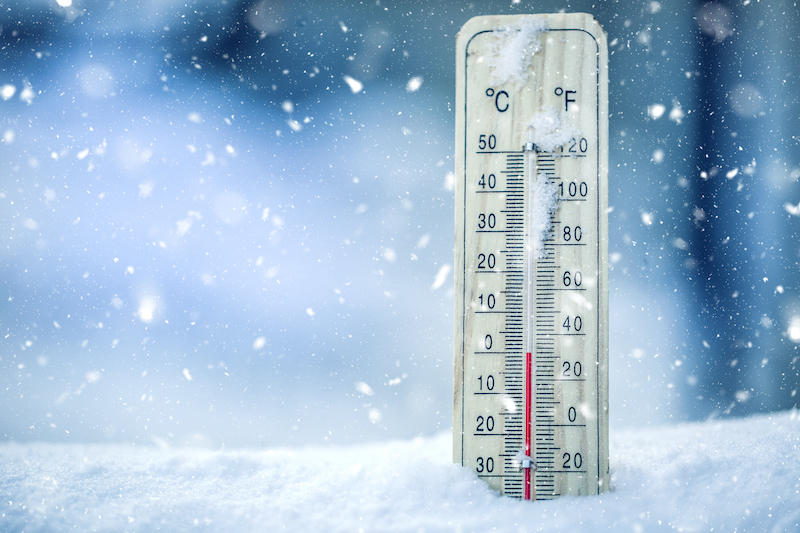
Fleas in Winter? Winter is approaching. It’s getting really cold out there, and so, we can finally get relief from the irritating nuisance of fleas. You might have thought that with the birth of the winter season, those fleas that troubled us during the warmer seasons will finally get to die off. Well, not so fast. Fleas in winter pose as much threat to you and your pets as they did during other seasons. Though not as prolific as they were during the warmer season, these pests will cause the same hazards, the season notwithstanding.
Flea Cycle And The Winter Period
The flea life cycle has four stages – these are the eggs, larvae, pupa, and adult stage. This entire cycle, from egg to adult flea, is complete in 12-22 days if environmental conditions such as temperatures and humidity are favorable. Practically it takes 3-4 weeks.
Curiously, only approximately 5% of a flea infestation is in its adult phase. The other 95% is in the form of eggs, larvae, and pupae.
Fleas thrive around 75° degrees Fahrenheit, and it is during this temperature range that they complete their entire life cycle. With the female flea laying as many eggs as possible within a short time (50 eggs), these eggs can hatch during the winter period.
Fleas will not hibernate during the winter. Their feeding habits have made it possible that they don’t need to move from place to place in their search for hosts. Fleas will latch onto any opportunity to cling to a host, and once that happens, they will hold on to that host for as long as possible.
The excessive cold during the winter period will ensure that fleas will remain indoors and wouldn’t venture far off from their food source. For the fleas, winter is just a restriction that says, ‘do not go outside, stay indoors and feed.’
Fleas and Freezing Temperatures
Meanwhile, fleas will not survive freezing temperatures for long. This goes for its eggs, larvae, and pupae. But that is not a guarantee that your pets are free from fleas. Therefore, the best treatment for a flea infestation is an all-year-round preventive strategy.
Failing to protect your pets from fleas during the winter period just because you think their activities have been brought to a halt, is a sure way of setting up your home for a devastating infestation once the warmer season is in the offing. Once the seasons commence, you stand the risk of a full-blown infestation, as flea eggs, which were in a sort of dormant phase, will begin to hatch rapidly.
Treating Pets In Winter
Start early by keeping your pets’ sleeping areas very clean. Vacuum these places and wash the beddings in hot water. Other reliable preventive treatments that can be of use include:
- Spot-on Flea Treatment: Spot-on medications are applied directly to pets. They are in liquid form, which is usually applied on the neck region of your pets, and they’re expected to eliminate the adult fleas within a 24-hour period.
- Oral Flea Treatments: They are orally administered, and can start working just after 15 minutes.
- Insect Growth Regulators: Insect growth regulators are able to halt the maturation of flea eggs into adults. They can also kill the adult fleas.
- Integrated Flea Control: This approach combines two different types of insecticide, which the different stages of the life cycle of fleas.
- Professional Pest Control: Professional pest control should be called in once the infestation becomes intractable for you to manage. These professionals are knowledgeable about the right treatment modalities for you to adopt.
Obviously, fleas in winter are just as irksome as any other season. An all-year-round preventive strategy is your best bet in ensuring that you’re safe, your pets are safe, and your household is safe. Read More…